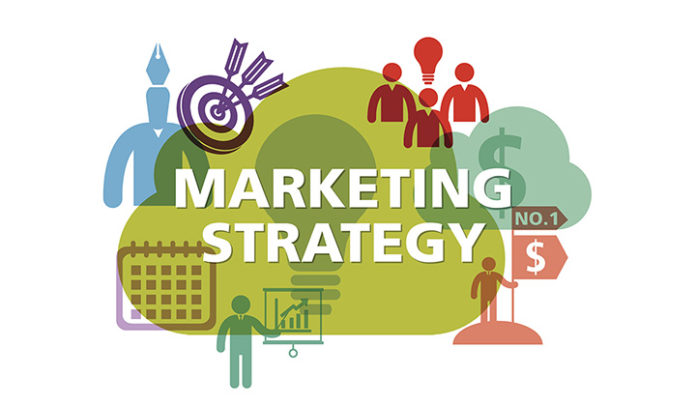Nona Koza, Business Partner at Oliver South Africa, states that during austere times, marketing activities are among the first to be cut back, which is also often the wrong thing to do. It’s a mistake that brands make worldwide.
Research shows the contrary is true: if you keep up your brand activity during tough times, when the economy swings up again you make a lot more money. The reason why is something we often forget: consumers buy a value. It’s a promise of what that brand is going to deliver. In tough times, when the brand becomes less prominent, it comes across as a lack of empathy. Your customers are struggling – where are you?

Customers, just like companies, are more frugal and value-conscious when the economy is down. So, it is ironic that by underplaying your brand during such periods, you are taking important signs of confidence away from your customers. This is why cutting back on brand positioning as a cost-saving measure is often self-defeating.
But slashing budgets need not be the only strategy. Hard times are an opportunity to revisit marketing strategies and ask if there is a better way to do things – and yes, there is. Through an on-site approach, organisations can radically improve their marketing activity. This is crucial for the above considerations: to keep customers close in a tough economy, you want a marketing approach that operates on close proximities and immersion with them.
What you want to pursue is customer retention. How are your customers using your products? Who are your best customers? How do you reach them more directly? For example, the cost of one billboard can cover several breakfast events with key customers. The key thing here is targeted customer engagement and much more face to face interaction.
Targeted engagement is just one side of this strategy. The other is to develop an agile marketing pipeline that is engaged with the business. Brand activities should align with business strategy and expectations. If your marketing people are not there in the trenches, meeting customers alongside other staff, grasping the roadmap and moving with its requirements, your branding efforts will struggle.
External marketing agencies are often too removed from the business coalface to achieve this. Internal marketing can however, represent an incredible cost centre. This challenge has given rise to a third model: the on-site agency.
‘Unlike an external agency, an on-site agency works at the customer’s premises,’ Gabrielle Gray, Executive Creative Director at Oliver South Africa explained. ‘Its people are there to engage with the business at every level – from chatting at the water cooler to sitting in on important meetings. And unlike internal agencies, an on-site agency manages marketing operations such as talent acquisition externally. You get the best of both agency models, but without the drawbacks.’

Complementary to any other internal or external marketing functions, on-site agencies improve delivery times, move with the customer business, help align marketing with business objectives, and brings the nuance needed to woo the business’ clients. In difficult times, such a personal touch is important. Customers want to see it from their brands, and those brands need it from their agencies.
Cutting back on brand positioning is not the right strategy during tough times. But branding can be done differently: customer-focused touch points and engagements, pop-up events and tailored digital messages – these are crucial tools. The on-site approach offers significantly better engagement and brand performance at the budgets of traditional marketing, since it works intimately with the organisation to become on-premise brand partners and it can leverage creative resources like no other.
‘Traditional approaches do work for some companies,’ said Gray. ‘However, what we find is the immediacy of being on-site, a client being able to walk over to us and say, ‘I’ve had this idea, how can we execute it? What do you think?’ This is a very good way to deliver on business objectives. As a result, we understand the customer’s business better and, in turn, the customer is more involved with brand activities.’










